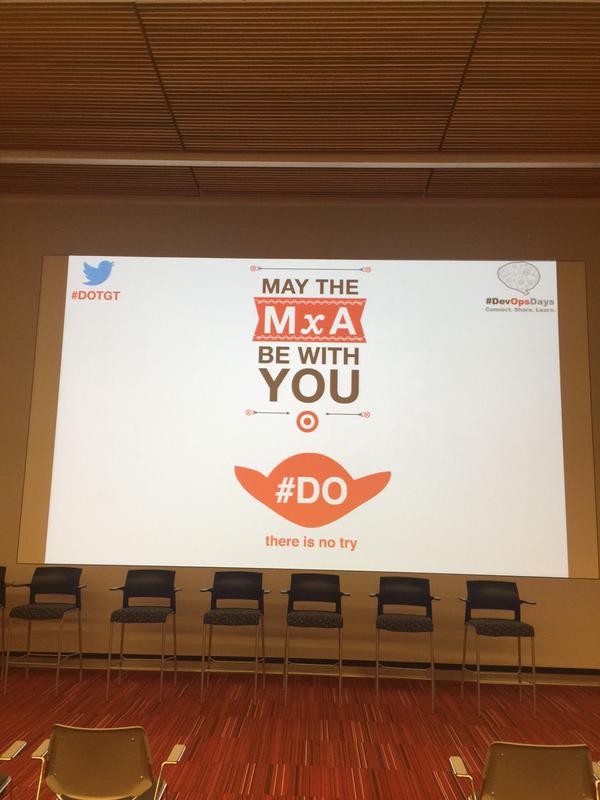An enterprise as large as Target generates a lot of data and on my Big Data platform team we want to make it as easy as possible for our users to get it into Hadoop in real-time. I want to discuss how we are starting to approach this problem, what we’ve done so far, and what is still to come.
The Dojo
At Target we’re always looking for ways to move forward in becoming the best omni-channel retailer that we can be. This journey demands that we enable change in most every part of our technology organization. Our culture, delivery model, technology selections, working arrangements and org structures are all levers we can pull to help us be more responsive. A key question that we continually ask ourselves is “how can we move faster”? Introducing change in a large enterprise can take a long time if we don’t challenge ourselves to be creative around constraints (like not enough “experts” to go around)....
Modernizing our IT Environment at Target
In 2014, I worked on a project to build out a system to provide new business capabilities for our Marketing and Digital spaces. This initiative was not unlike other initiatives we undertake at Target, but it provides a great example of the importance of us investing in an effort to modernize the way we operate, the technology stacks we use and the way we think about systems and systems architecture.
Robotics Analytics @ Target
One important part of a retailer is their supply chain network. In order to sell a product in our stores, or online at Target.com, we need to have a well run and maintained network to move all of those products from one place to another. It may not sound like a complex problem to ship products from a distribution center to a store, but as soon as you start to have multiple vendors with multiple stores (not to mention online orders that go directly to a guest’s home) it becomes increasingly complex. Retailers get products from companies, referred to as...
Outage Resolution Through Automation
Recently we launched Project Argus, a 30-day “monitoring challenge” to improve visibility of key performance indicators (KPIs) across our technology stack prior to our peak retail season (in Greek Mythology, Argus is a 100-eyed giant). This effort was structured as a mix between a FlashBuild and agile. We used two day sprints, twice a day stand-ups, and feature tracking through Kanban boards. Quickly in this effort we decided to build our product as monitoring-as-code. Through the use of tools such as GitHub, Chef, Kitchen, Jenkins, and Ruby, we were able to quickly build several monitoring and dashboard solutions for use...
